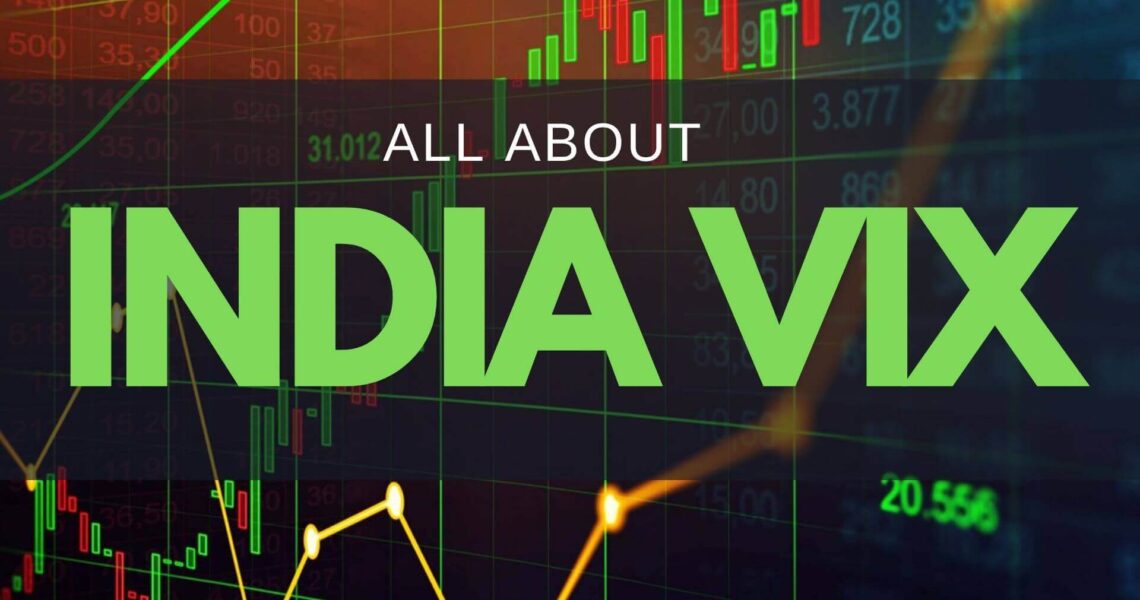A reach-bound market is a market where the hidden resource’s cost is exchanged inside a characterized range. This can provoke the business sector to exchange, as distinguishing productive exchanging opportunities can be troublesome. Notwithstanding, the Nifty Option Chain can be a significant device for dealers who need to exchange productively in a reach-bound market.
The Nifty Option Chai is a table that rundowns each of the accessible Nifty option contracts. Each agreement has a strike value, which is the cost at which the choice can be worked out. The choice chain likewise shows the open interest and volume for each agreement. Open interest is the number of agreements that have been traded, and volume is the number of trading contracts that have been exchanged.
By understanding how to peruse the Nifty Option Chain, brokers can distinguish potential exchanging open doors to a reach-bound market. Here is a portion of the vital things to search for in the Nifty Option Chain while exchanging a reach-bound market:
Strike costs: In a reach-bound market, the hidden resource’s cost will probably remain inside a specific reach. By taking a gander at the strike costs, merchants can distinguish the trading limits of the reach.
Open interest: Open interest is a decent sign of the liquidity of a choice agreement. In a reach-bound market, brokers need to exchange choices with high open revenue. This is on the grounds that high open interest really intends that different merchants will be trading as per their choice, which makes it more straightforward to leave the exchange if fundamental.
Volume: Volume is a decent sign of the unpredictability of a choice agreement. In a reach-bound market, brokers must exchange low-volume choices. This is because a low volume implies that the choice is more averse to being worked out, which diminishes the gamble of the merchant losing cash.
By understanding these elements, brokers can recognize potential trading valuable open doors to a reach-bound market. Here are a few explicit procedures that brokers can utilize:
A ride is a technique where a dealer purchases both a call and a put choice with a similar strike cost and lapse date. This is a nonpartisan technique that is intended to benefit from unpredictability. In a reach-bound market, rides can be a productive procedure because the broker is ensured to bring in cash, assuming the cost of the fundamental resource breaks out of the reach.
An iron condor is a technique where a merchant sells both a call and a put choice with various strike costs and lapse dates. This is a nonpartisan system that is intended to benefit from unpredictability. Iron condors can be a productive system in a reach-bound market because the broker is just taking a chance with a modest quantity of cash, while as yet having the capacity to create an enormous gain if the cost of the basic resource breaks out of the reach.
The Nifty Option Chain can be a significant device for merchants who need to exchange productively in a reach-bound market. By understanding how to peruse the choice chain and by utilizing the systems illustrated above, brokers can expand their odds of coming out on top while exchanging a reach-bound market.











